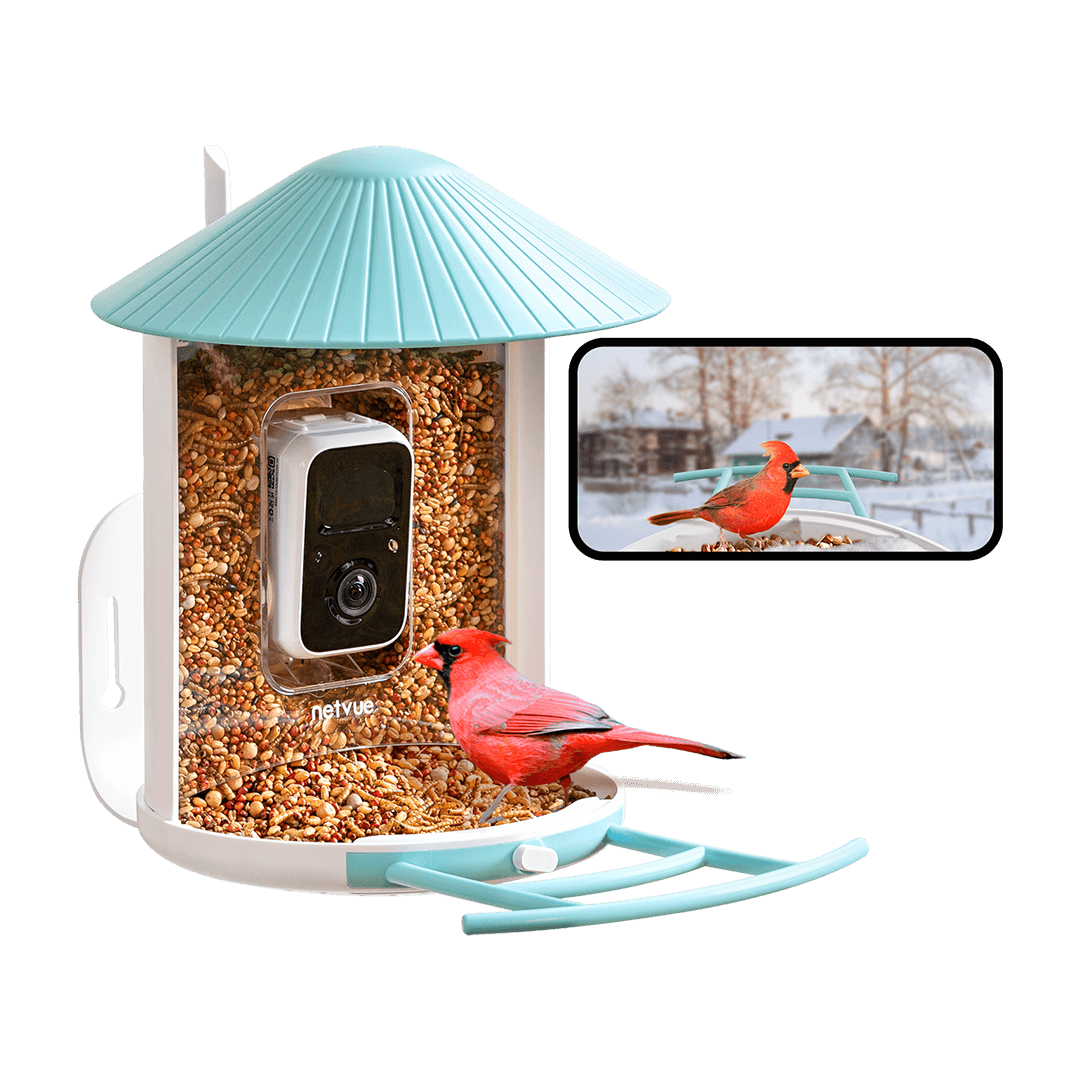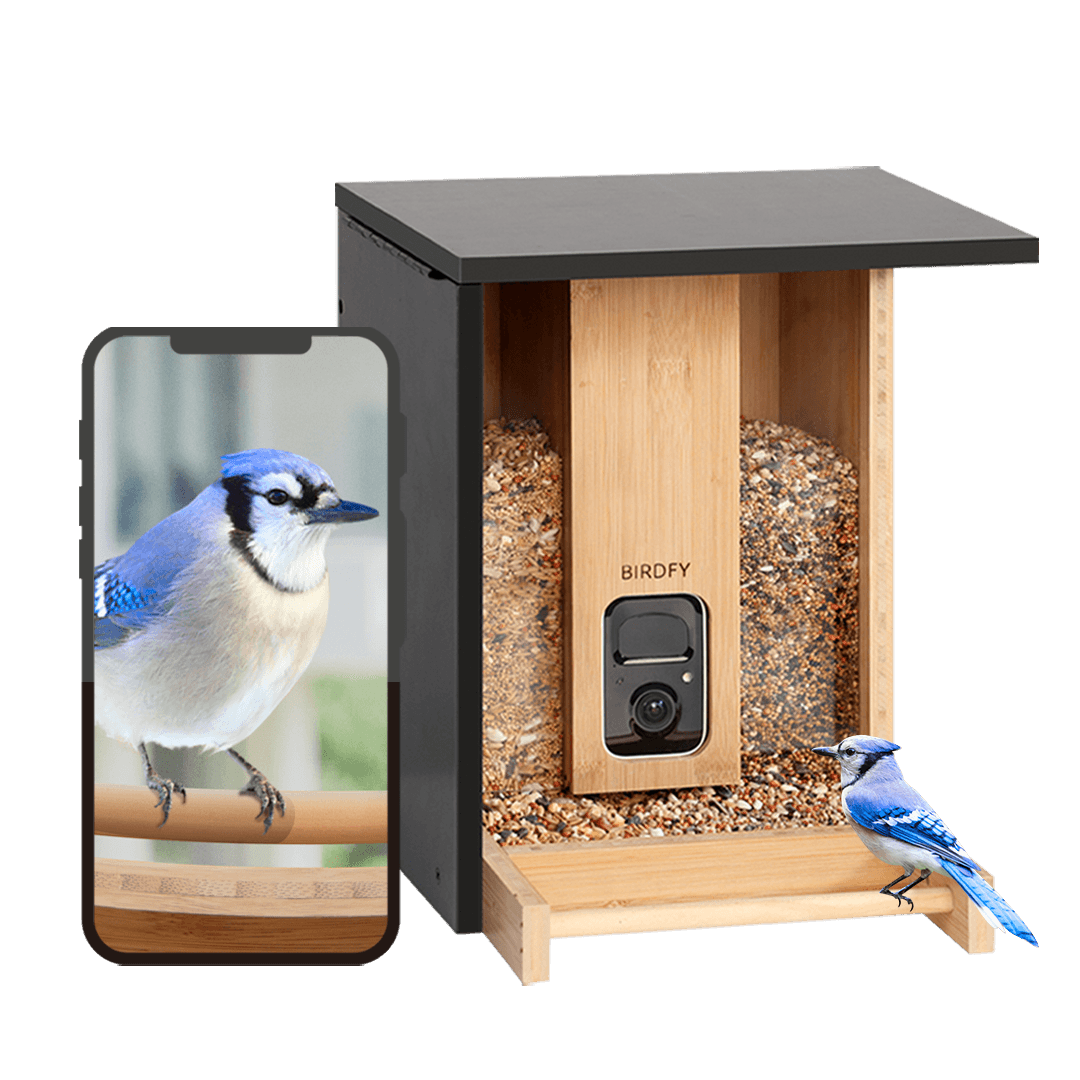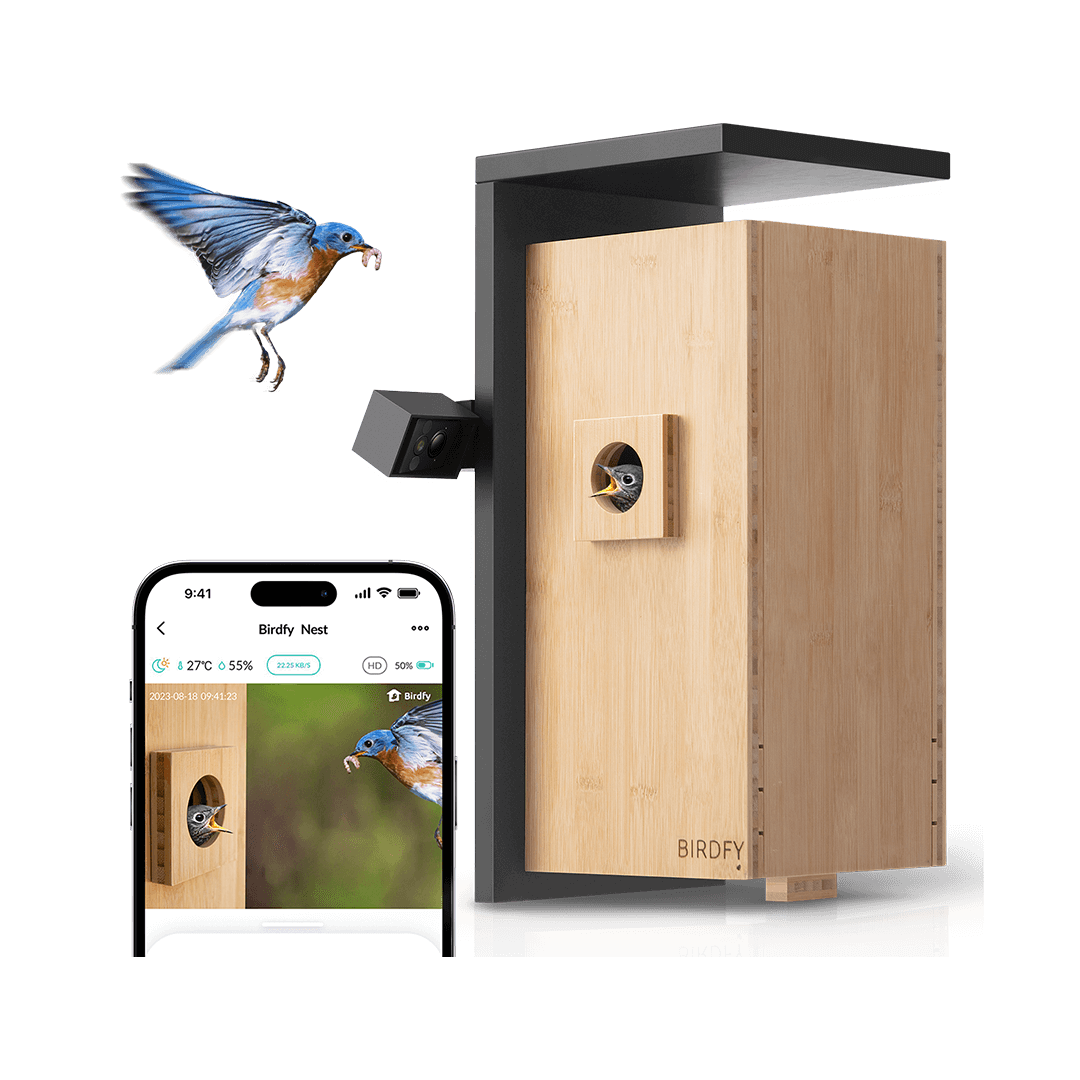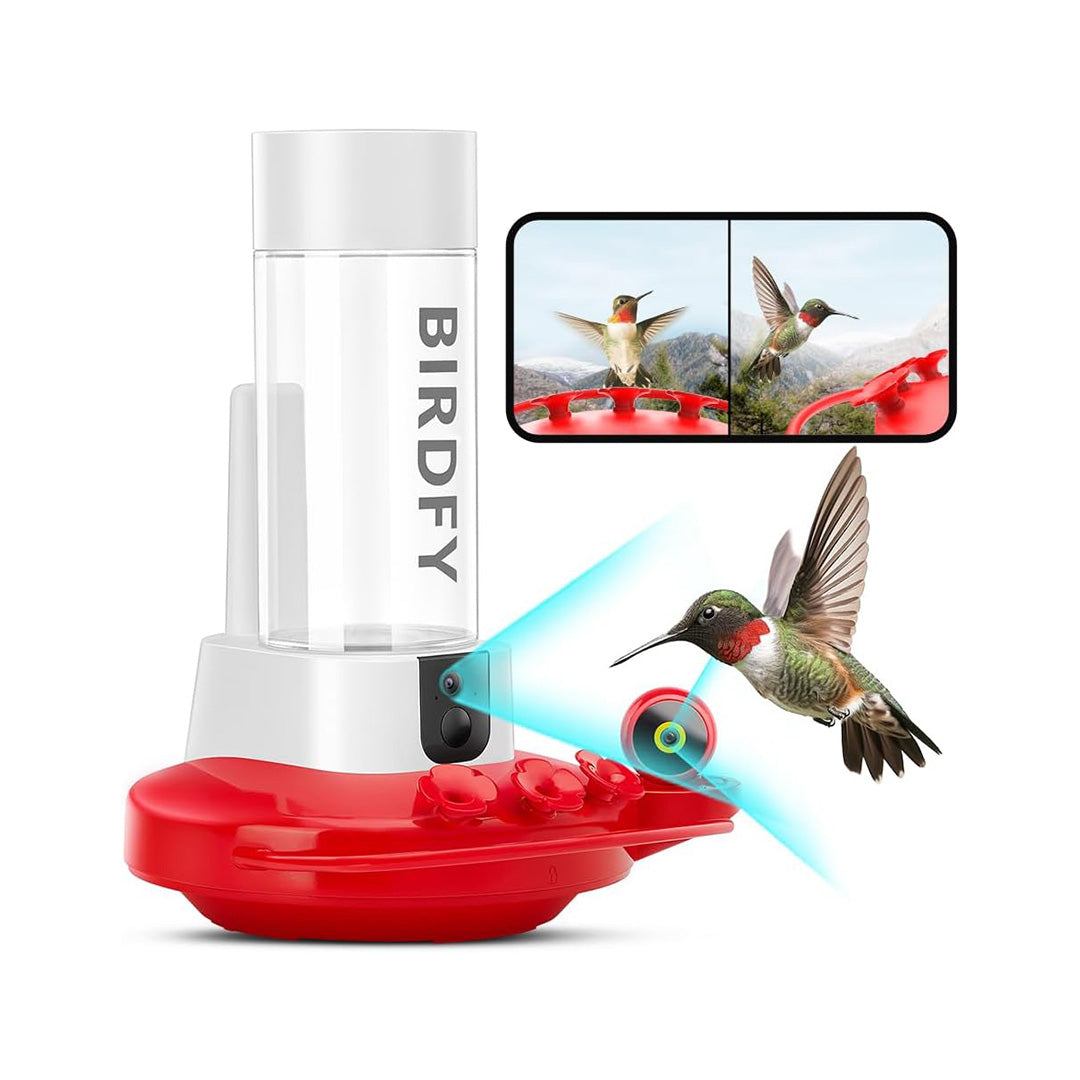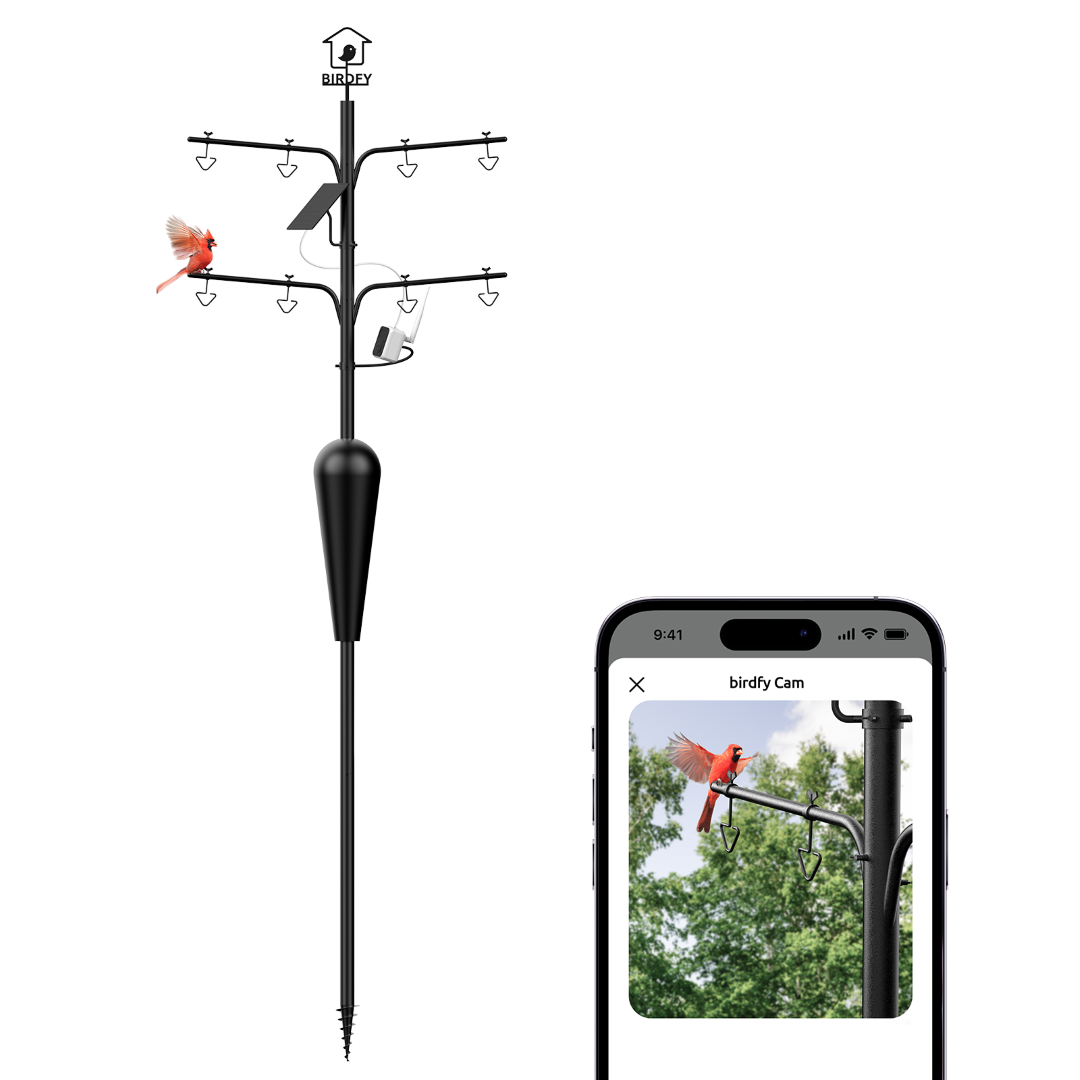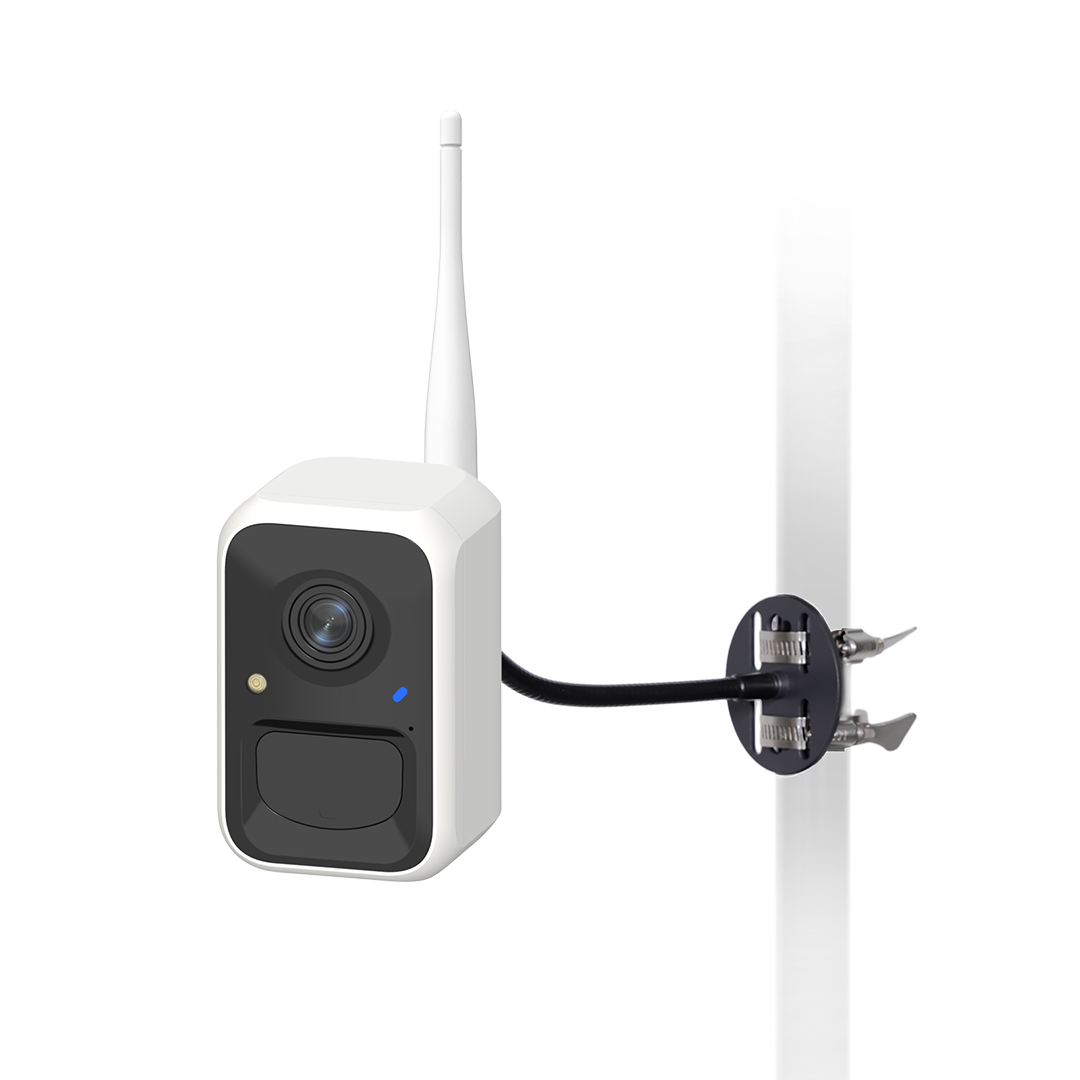Bird introduction-European Goldfinch
The European goldfinch or simply the goldfinch is a small passerine bird in the finch family that is native to Europe, North Africa, and western and central Asia.
Bird Introduction-European Goldfinch
Beautiful European Goldfinch with a sharp pink bill, cherry-red face, and brilliant black-and-yellow flashes in the wings. Western birds (Europe east to far western Central Asia) have a black-and-white cowl; eastern birds (rest of Central Asia) lack this cowl, and are grayer overall, with more white on the wing. Juvenile (seen in late summer and autumn) has a plain head but is told easily by bold wing pattern.

Basic Info
- Scientific Name: Carduelis carduelis
- Lifespan: 8-10 years(average)
- Size: 4.7–5.1 in
- Weight: 0.49 to 0.67 oz
- Wingspan: 8.3–9.8 in
European Goldfinch Distribution and Habitat
The European goldfinch is native to Europe, North Africa, and Western and Central Asia. It is found in open, partially wooded lowlands and is a resident in the milder west of its range, but migrates from colder regions. It will also make local movements, even in the west, to escape bad weather.

It has been introduced to many areas of the world. It was introduced to Bermuda, Canada, the United States, Mexico, Peru, Argentina, Chile, the Falkland Islands, Uruguay, Brazil, South Africa, Australia, and New Zealand in the 19th century, and their populations quickly increased and their range expanded greatly. In Australia, they now occur from Brisbane to the Eyre Peninsula and are also spread throughout New Zealand. In the United States, they have become established in the western Great Lakes region.
European Goldfinch Breeding:
The nest is built entirely by the female and is generally completed within a week.
The nest is neat and compact and is generally located several meters above the ground, hidden by leaves in the twigs at the end of a swaying branch. It is constructed of mosses and lichens and lined with plant down such as that from thistles. It is attached to the twigs of the tree with spider silk. A deep cup prevents the loss of eggs in windy weather.
Beginning within a couple of days after the completion of the nest, the eggs are laid in the early morning at daily intervals.
The clutch is typically 4-6 eggs, which are whitish with reddish-brown speckles. They have a smooth surface and are slightly glossy.

For the first 7–9 days the young are brooded by the female. The nestlings fledge 13–18 days after hatching. The young birds are fed by both parents for a further 7–9 days. The parents typically raise two broods each year and occasionally three.
One of the most fascinating traits of Goldfinches is their melodious songs. They are highly skilled at mimicking the sounds of other birds and can produce a variety of trills, whistles, and chirps. They are known to be very vocal, especially during the breeding season when males sing to attract a mate. Goldfinches also have a distinctive call, which is described as a sweet, undulating jingling sound.
How to Attract European Goldfinch to Backyard or Garden?
If you lives at the place of the European Goldfinch distribution and habitat, you can certainly attract them to your backyard or garden and feed them. Their favorite seeds is niger seeds or sunflower seeds. You can provide them to attract Goldfinches to your backyard. Using the Birdfy feeder camera, you can receive the notification when them visit your bird feeders!
Conclusion
In conclusion, the European Goldfinch is a charming bird that can add color and musicality to any garden or park. By providing food sources such as sunflower hearts, nyjer seed, and live mealworms, one can attract these beautiful birds to a garden or balcony.

